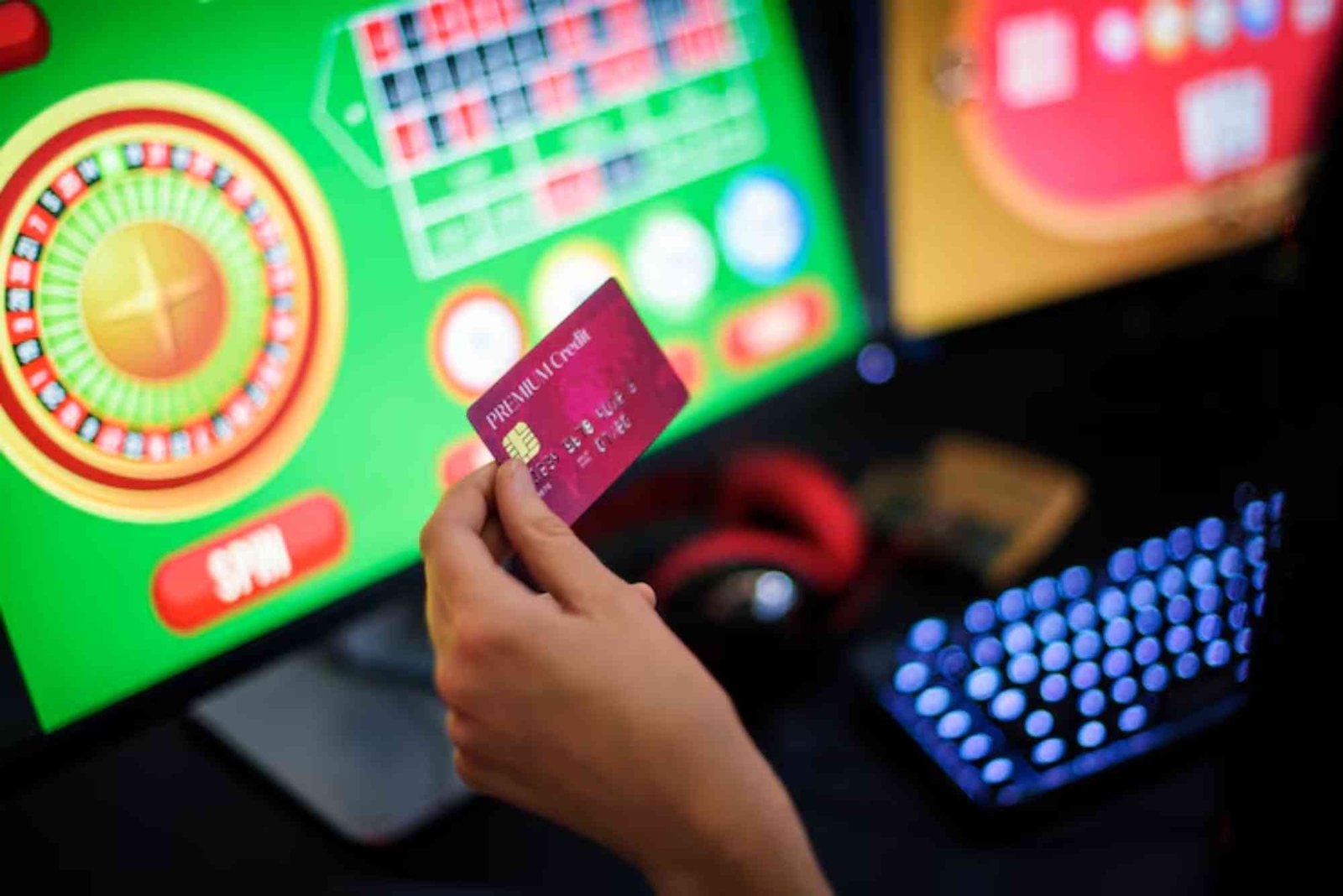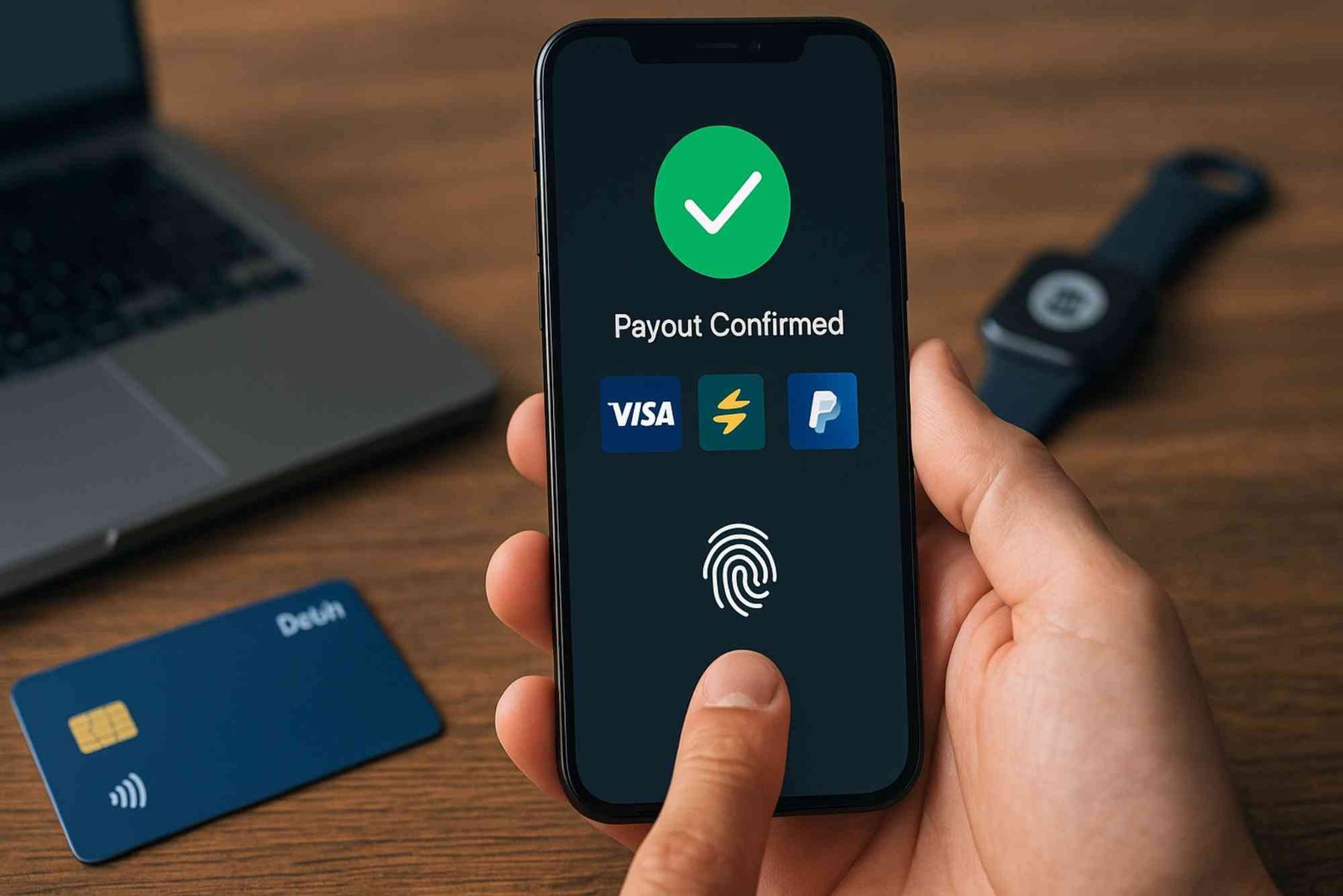If you’ve spent any time inside an online casino lobby or at a live-streamed promotional event, you’ve likely seen a colourful prize wheel dangling the promise of “spin to win.” It looks simple: click, spin, collect. Yet behind that animated wheel sits a carefully modelled reward matrix blending psychology, entertainment value, and retention economics. The headline question players ask me most often is: “Do prize wheels actually pay real cash, or are they just gateways to more wagering via free spins?” Let’s unpack that with real-world nuance rather than marketing gloss.
Prize wheels (sometimes called “lucky wheels,” “reward wheels,” or “daily spins”) are modular promotional frameworks. Operators plug in reward slices—cash, free spins, bonus credits, loyalty points, raffle tickets, mission boosters, even physical merch—then tune probability weights and eligibility logic. The wheel becomes a transparent front-end skin for a dynamic distribution engine: you see segments; the system sees probability bands, budget caps, risk flags, cooldown timers, and segmentation tags.
In practical comparison ecosystems—especially in alternative and innovation-driven arenas like crypto betting sites uk—designers experiment aggressively with hybrid wheels combining immediate-value slices (withdrawable cash or cash-equivalent chips) alongside deferred-value slices (locked bonus funds, free spins with wagering, or escalating “spin multipliers”). Understanding which category dominates a wheel you’re evaluating is critical to judging its true expected value.
What Exactly Counts as “Cash” on a Prize Wheel?
When a prize wheel advertises “cash,” there are typically three subtly different deliverables:
-
True Cash (No Strings): Credited straight to your real-money balance; instantly withdrawable subject only to general site-level AML/KYC checks.
-
Cash-Equivalent Tokens: Labeled “cash chips,” “gold coins,” or “instant credit” but still withdrawable once staked once (a single-pass requirement). This preserves a modest engagement loop without the full friction of wagering multipliers.
-
Misleading ‘Cash’ that is Actually Bonus: Shows the pound or dollar symbol but is governed by standard bonus T&Cs (e.g., 20× wagering on amount + sometimes on winnings). Always check if the site uses a “locked” or “sticky” model (you must clear wagering or lose the amount) versus a “non-sticky” (separates real and bonus balances).
From a player ROI standpoint, category (1) outranks (2), which outranks (3). A wheel skewed toward (3) is effectively a gamified bonus coupon distributor, not a cash disbursement tool.
Free Spins: Not All Spins Are Created Equal
Free spins on a wheel vary by: game assignment (fixed slot vs. player choice), total spin value (e.g., 10 spins at £0.10 vs. 5 spins at £0.50), wagering rules on resulting winnings, max win caps, expiry windows, and sometimes volatility balancing (operators purposely choose medium-volatility titles to stabilize promotional cost). A “50 Free Spins” slice can look larger than a “£5 Cash” slice, but expected convertible value (ECV) might be lower after wagering friction and caps.
Core Free Spin Variables
-
Stake Value: Multiply number of spins by base bet; that’s your raw theoretical turnover grant.
-
Game RTP & Volatility: High RTP + medium volatility tends to produce smoother bonus cost modelling; extremely high volatility introduces pronounced variance—sometimes intentionally to create social media “big win” narratives.
-
Wagering on Winnings: A 30× wagering requirement on a £4 average win yields £120 required turnover—your expected loss on that turnover (house edge × required turnover) is the friction you must overcome.
-
Max Win Limits: A hidden ceiling (e.g., “Max cashout £50 from free spin winnings”) can massively truncate tail upside, altering EV calculations.
How Operators Engineer Wheel Slices
Prize wheels are budget-constrained expected value engines. The operator decides a target average cost per eligible player per period (say £0.90 per daily wheel spin) and constructs slices with weighted average adding up to that cost. Cash slices have deterministic cost. Free spin slices have expected cost = (number of spins × spin stake × (1 – RTP reclaimable?) Actually from operator perspective: Cost ≈ number of spins × spin stake × RTP since player returns are payouts; the operator’s gross margin is (1 – RTP).
Because variance exists, operators overlay liability caps—for example, a progressive “jackpot slice” may have a minuscule weight but a daily global cap halting that slice after payout, silently converting future hits to a fallback slice.
Weighting Mechanics Simplified
Imagine a 12-slice daily wheel:
-
2 slices True Cash £2 each (weight 6% total)
-
4 slices 10 Free Spins @ £0.10 (weight 40%)
-
2 slices 20 Free Spins @ £0.10 (weight 16%)
-
1 slice £10 Cash (weight 1%)
-
1 slice 5% Loss Cashback Token (effective EV depends on subsequent play) (weight 8%)
-
2 slices Empty / “Try Again Tomorrow” or low-value loyalty points (weight 29%)
Compute expected promotional cost: sum(weight × expected payout). Cashback tokens use historical average qualifying loss to estimate their expected redemption value.
Evaluating Expected Value (Player Framework)
To compare wheel outcomes:
-
List All Slices: Capture label, probability (or estimate if not given), reward type.
-
Normalize Probabilities: Ensure they sum to 100%. If not published, you can reverse-engineer via observed frequency across multiple days (needs large sample; beware non-independence if segmentation is active).
-
Assign EV per Slice:
-
Cash: EV = Amount.
-
Free Spins: EV = Spins × Stake × Game RTP × (1 – Wagering Friction) – (House Edge on Required Wagering). A practical shortcut: EV ≈ (Spins × Stake × Game RTP) × Clearance Probability (chance you finish wagering without busting or breaching caps).
-
Cashback Tokens: EV = (Average qualifying loss × cashback %) × redemption probability.
-
-
Sum: Multiply each slice EV by probability; add for wheel EV per spin.
-
Compare to Opportunity Cost: If the wheel requires a deposit, turnover, or loyalty points to unlock, subtract the incremental expected house edge on that prerequisite play.
If the net EV is negative (often the case), the wheel is still entertainment value—but you treat big slices as rare variance events, not an income stream.
Cash vs. Free Spins: Which is “Better”?
“Better” depends on liquidity preference and variance comfort. Cash is immediate, frictionless, and lowers your risk-adjusted session cost. Free spins can exceed cash value if wagering terms are lenient (e.g., no wagering or ≤5×), no max cap, and the assigned slot has decent RTP. However, with heavy wagering (≥25×) and caps, free spins downgrade to marketing theatre: their headline value outstrips their realized value.
Situational Preference Matrix
-
Short Session / Low Bankroll: Cash outperforms; you lack buffer to survive wagering variance on spin-converted credits.
-
Long Session / Bankroll Sufficient: High-quality free spin bundles on medium-volatility slots can create positive variance moments that extend gameplay.
-
Chasing Loyalty Tiers: Free spin slices that also count toward mission tasks can have compound utility.
Segmentation & Adaptive Wheels
Advanced platforms don’t show identical wheels to every player. They use segmentation: time since last deposit, net lifetime value, responsible play indicators, session length trajectories. A lapsed player might see inflated headline slices (20 free spins bumped to 40) but with lower true cash slice probabilities to preserve budget. Conversely, a player showing risky loss-chasing patterns may see simplified wheels (smaller, lower volatility rewards) to reduce potential escalation triggers.
Transparency & Ethical Considerations
Regulators and watchdog groups emphasize “clear and not misleading” promotions. For prize wheels, best practice includes:
-
Publishing probability tables or at least category ranges (e.g., “Cash prize probability 8–10%”).
-
Distinguishing “cash,” “bonus funds,” and “free spins (wagering applies)” visually.
-
Declaring max win, expiry, and wagering constraints adjacent to the wheel, not buried in generic T&Cs.
Opaque wheels erode trust and can inadvertently fuel negative player behaviours (illusion of frequency; overestimation of high-value slice probability due to salience bias).
Practical Tips for Players
Track Outcomes
Maintain a simple log: date, prerequisite (if any), result, subjective enjoyment rating. After ~30 spins you’ll spot distribution patterns. If high-value slices never land, either their probability is very low or segmentation excludes you; adjust expectations.
Value Free Spin Caps Properly
If a 20 free spin reward has a £20 max win cap, and the average unbounded expected win is £4 (20 × £0.20 stake × ~0.95 RTP) your practical EV may still be near £4 unless you routinely spike high-end bonus rounds—cap impact is modest. But if the cap equals only 2× average expected win, a big portion of upside is truncated.
Understand Opportunity Costs
Some wheels require staking points or forfeiting another promo. Choosing the wheel might preclude a reload bonus with higher EV. Always compare marginal value rather than absolute headline numbers.
Prefer No/Low Wagering Spin Slices
“No wagering” free spins convert directly to cash; EV ≈ spins × stake × RTP. That often surpasses a small sticky cash bonus with 35× wagering on bonus + deposit.
Operator Perspective: Designing a Healthy Wheel
A sustainably engineered wheel balances player delight and budget governance. Operators layer:
-
Hard Budget Caps: Real-time monitoring halts high-liability slices once daily cost threshold hits.
-
Entropy Layers: Rotating slice positions to prevent pattern exploitation while publishing stable probabilities.
-
Responsible Play Hooks: Dynamic reduction or temporary disabling of wheel access after extended continuous play.
-
A/B Testing: Testing wheel variant A (more cash, fewer spins) vs. wheel B (more spins, rare high cash) for retention quality, not just immediate turnover.
Ethical design avoids “near miss” illusions (visually making high-value slices appear adjacent repeatedly without probability justification) and ensures claim friction (extra clicks, hidden opt-in toggles) is minimal.
Calculating Your Personal Wheel Strategy
-
Clarify Goal: Bankroll extension? Immediate withdrawable value? Entertainment?
-
Identify Slice Types: Mark slices into categories (cash, low-wager spins, high-wager spins, variable tokens).
-
Assign Personal Utility Scores: Cash might be utility 1.0; low-wager spins 0.8; high-wager spins 0.4 (example). Multiply by probability to get utility-weighted EV.
-
Set Participation Rules: e.g., “Spin daily only if expected cash-equivalent EV ≥ £0.50 and prerequisite play ≤ £5 incremental turnover.”
-
Avoid Sunk Cost Chasing: Extra wagering just to “unlock tomorrow’s wheel” can erode the small EV you gained today.
Future Evolution of Prize Wheels
Expect more adaptive wheels merging with mission frameworks: you complete micro-challenges to upgrade a slice before spinning (e.g., converting a generic “Free Spins” slice into “No-Wager Free Spins” by fulfilling responsible play tasks like setting a deposit limit). Tokenization may let players bank partial slice upgrades for later consolidation—turning several modest spin bundles into one higher-value, no-wager cluster. Additionally, transparency dashboards might appear: real-time probability disclosures, your historical outcome distribution, and aggregate community outcome stats to reinforce fairness.
We may also see wheels cross-integrated with external loyalty ecosystems and philanthropic overlays (e.g., “If you land this slice, operator donates £X to digital well-being initiatives”), blending CSR with engagement. Just remain critical: altruistic messaging shouldn’t distract from core EV and play-responsibly foundations.
Final Thoughts
Prize wheels can deliver both cash and free spins—but the quality of those rewards hinges on friction factors: wagering multipliers, caps, expiry periods, and how segmentation shapes slice probability. Cash slices provide immediate, low-friction value; free spins can be strong if terms are lenient and game selection is sensible. Treat every wheel as an expected value puzzle rather than a glittering shortcut. Understand the mechanics, track your outcomes, and you transform a passive marketing widget into an informed decision point. That shift in mindset protects bankroll, improves entertainment ROI, and aligns your play with sustainable habits.



